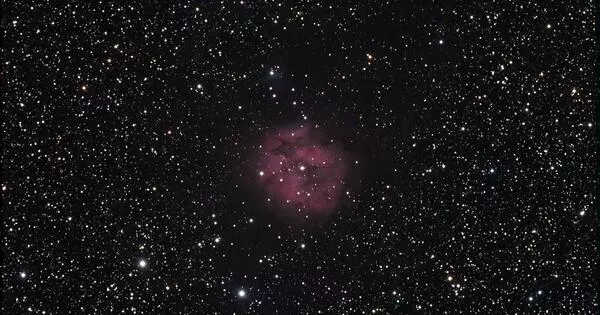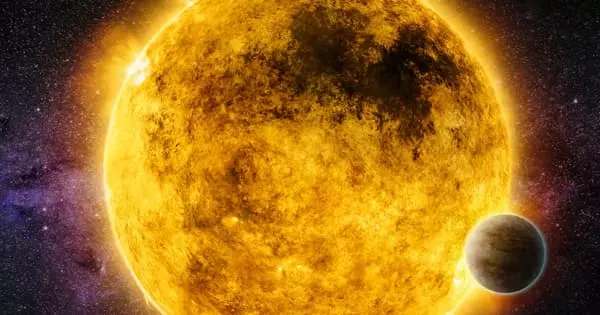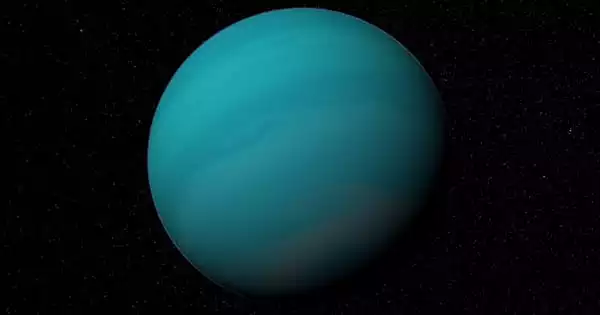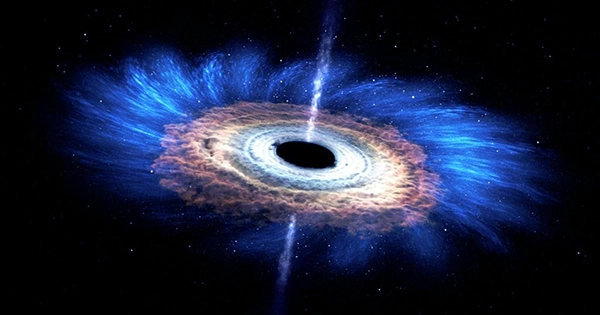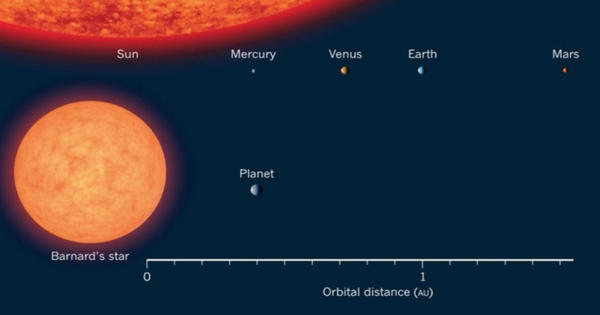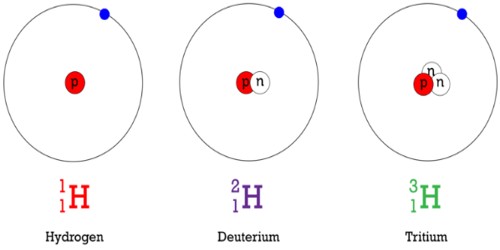IC 5146 is a reflection/emission nebula and Caldwell object in the constellation Cygnus. It is also known as the Cocoon Nebula and is located in the constellation Cygnus. The NGC description describes IC 5146 as a cluster of 9.5 mag stars embedded in a bright and dark nebula. The designation “IC” stands for the Index Catalogue, and it is cataloged as IC 5146 in this astronomical catalog.
Emission nebulae are clouds of ionized gas that emit light of various colors. These colors are determined by the gases present and the energy they receive, which is frequently from nearby hot stars.
The Cocoon Nebula gets its name from the dark band of dust and gas that resembles a cocoon and surrounds newly formed stars. This region is part of a larger molecular cloud and is a hotspot for star formation. The nebula is illuminated by the light of young stars embedded within it, and their radiation causes the surrounding gas to glow.
The cluster is also known as Collinder 470. It shines at magnitude +10.0/+9.3/+7.2. Its celestial coordinates are RA 21h 53.5m , dec +47° 16′. It is located near the naked-eye star Pi Cygni, the open cluster NGC 7209 in Lacerta, and the bright open cluster M39. The cluster is about 4,000 ly away, and the central star that lights it formed about 100,000 years ago; the nebula is about 12 arcmins across, which is equivalent to a span of 15 light years.
When viewing IC 5146, dark nebula Barnard 168 (B168) is an inseparable part of the experience, forming a dark lane that surrounds the cluster and projects westward forming the appearance of a trail behind the Cocoon.
The dark lane of obscuring dust and gas in front of the bright emission region gives rise to the name Cocoon Nebula. This dark lane creates the illusion of a “cocoon” surrounding the bright central region. The nebula is associated with a star cluster and is approximately 4,000 light-years away from Earth.
Astronomers frequently study IC 5146 in order to gain a better understanding of the processes of star formation and the evolution of young stellar objects. Observations at different wavelengths, such as infrared, can reveal a hidden population of stars and protostars within the cloud that are not visible in optical light due to the dust.
